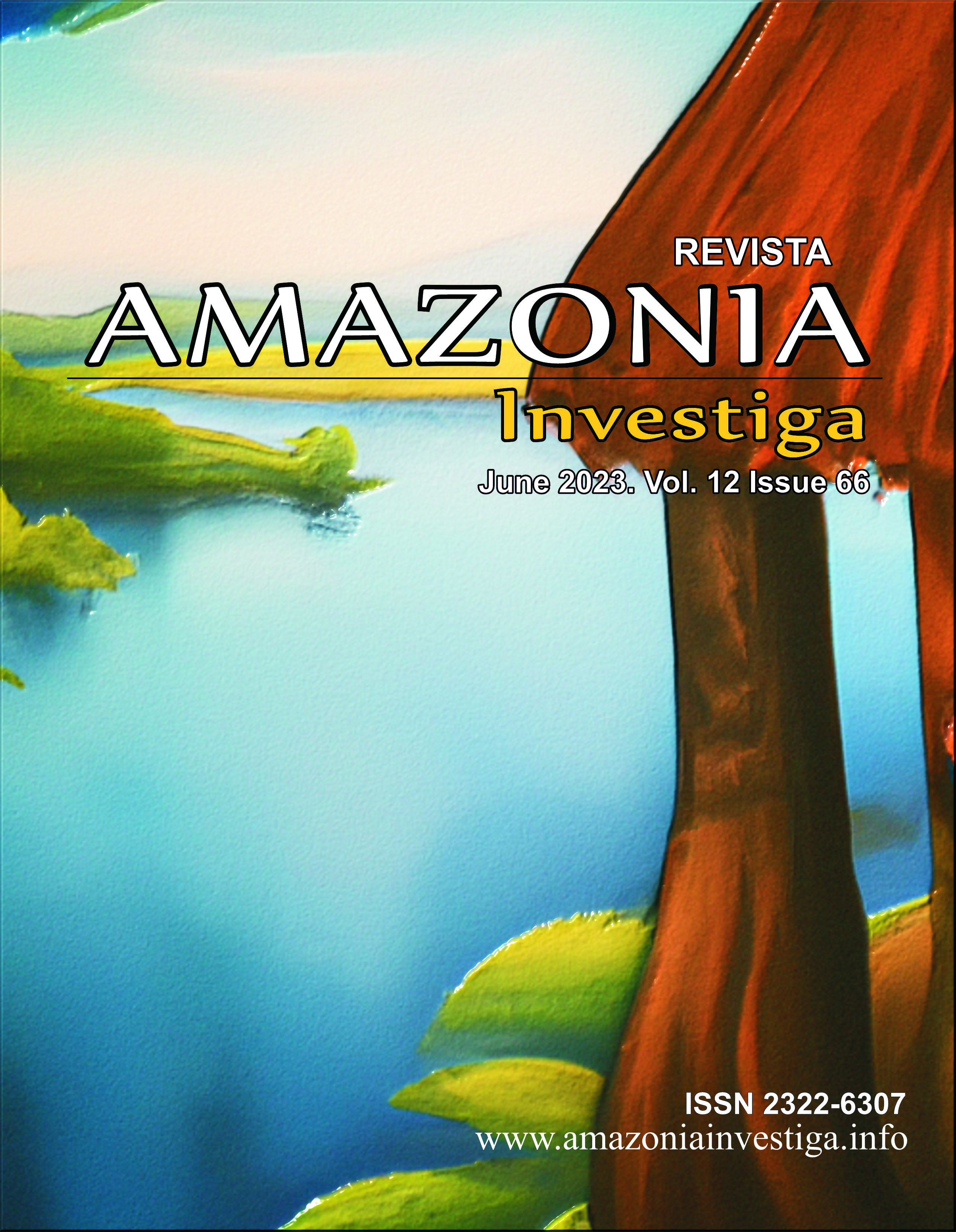Development of time perspective in nenets, Sami and Russian adolescents: A comparative analysis
Publicado 2023-07-30
Palabras clave
- Time perspective, adolescence, Nenets adolescents, Sami adolescents, ethnic Russian adolescents.
Cómo citar
Resumen
This paper is concerned with the issue of studying specific features of the development of time perspective in adolescents representing different ethnic groups living in the North of Russia. The study includes a comparative analysis of the development of time perspective in Nenets, Sami, and ethnic Russian male and female adolescents.
The current article presents the results of an empirical study conducted using the Zimbardo Time Perspective Inventory. The respondents in the empirical study were 99 Nenets adolescents aged 12-15 years (54 boys and 45 girls); 79 Sami adolescents aged 12-15 years (41 boys and 38 girls); 121 ethnic Russian adolescents aged 12-15 years (63 boys and 58 girls).
The comparative analysis of the development of time perspective in Nenets, Sami, and ethnic Russian adolescents has shown the presence of similar trends characteristic of the age group in general, and specific features at the same time. The results of the study enrich the scientific understanding of the phenomenon of time perspective, supplement and expand the understanding of the process of personality formation in representatives of different ethnic groups living in the North of Russia. The identified features of time perspective in adolescents will help to supplement the programs of psychological assistance and support for adolescents in the aspect of building life strategies, implementing capabilities of forecasting life prospects and managing time resources.
Descargas
Citas
Erikson, E.H. (1996). Identity: youth and crisis. Moscow: Progress.
Flotskaya, N., Aryabkina, I, Bulanova, S., Ponomareva, M, & Flotskiy, N. (2021). Development of Personal Identity Among Saami Adolescents living in the Arctic Territories of Russia. Wisdom, 19(3), 84-99. (In Russian)
Flotskiy, N.S. (2021). Dynamics of time perspective in ethnic Nenets adolescents. Scientific opinion, 11, 101-109.
Frank, L. K. (1939). Time perspectives. Journal of Social Philosophy, 4, 293-312.
Kozhurova, O.A. (2011). Specific features of experiencing time in adolescents. Samara Humanitarian Academy Bulletin. Series: Psychology, 1(7), 31-38.
Lewin, K. (1980). Definition of “field at the moment”. Reader on the history of psychology. Moscow: Moscow State University, pp. 131-145.
Mead, M. (1988). Culture and World of Childhood. Moscow: The science.
Menyashev, A.E. (2005). Mythological in the structure of the ethnic consciousness of indigenous peoples of the Sakhalin Island: (dissertation abstract, Cand. Psychol. Sc.) Andrey Evgenievich Menyashev. Khabarovsk.
Nestik, T.A. (2014). Social psychology of time: state and prospects of research. Psychological journal, 35(3), 5-19. (In Russian)
Petrova, V.N. (2011). Dynamics of the image of the future in adolescence. Siberian Psychological Journal, 41, 36-41. (In Russian)
Petrovskaya, V.G. (2020). To the question of the psychological life time of adolescents. World of culture, science and education, 3(82), 84-86. (In Russian)
Prokonich, O.A. (2012). Features of time perspective in various cultural and value types. Kemerovo State University Bulletin, 4-1(52), 185-192. (In Russian)
Regush, L.A. (2010). Life problems as an indicator of the influence of society. In: L.A. Regush (ed) Human mental development and social influences: a collective monograph. St. Petersburg: Russian State Pedagogical University named after A.I. Herzen, pp. 7-22. (In Russian)
Semyonova, S.V. (2006). Features of the mythological identity of the indigenous peoples of Kamchatka: (dissertation abstract, Cand. Psychol). Far Eastern State University of Transport, Khabarovsk, 19 p.
Syrtsova, A. (2008a). Age dynamics of time perspective in a personality: (dissertation abstract, Cand. Psychol. Sc.) Moscow, Moscow City Psychological and Pedagogical University, 317 p.
Syrtsova, A. (2008b). Adaptation of the Zimbardo Time Perspective Inventory. Psychological Journal, 29(3), 101-109. (In Russian)
Syrtsova, A. (2007). The phenomenon of time perspective in different cultures (based on research using the ZTPI methodology). Cultural-historical psychology, 4, 19-31.
Yanichev, P.I. (2001). Subjective models of the past, the present, and the future in adolescence and youth. In: L.A. Regush (ed) Our troubled teenager: understand and agree. St. Petersburg: Russian State Pedagogical University named after A.I. Herzen, Soyuz, pp. 172-176. (In Russian)
Zimbardo, ?. G., & Sword, R. (2012). Overcome PTSD with new psychology of time perspective therapy. N.Y.: Willey.
Zimbardo, P. G. (1999). Putting time in perspective: a valid, reliable individual-differences metric. Journal of personality and social psychology, 77, 1271-1288.











